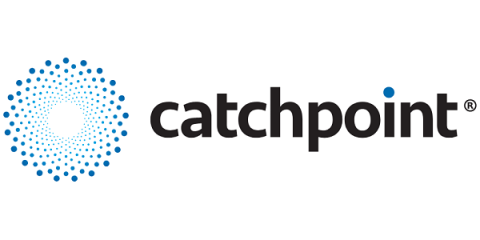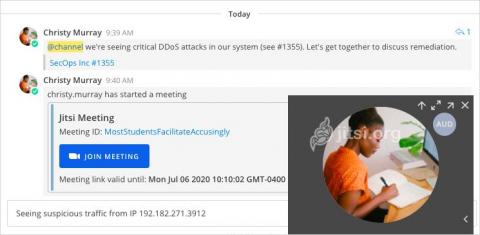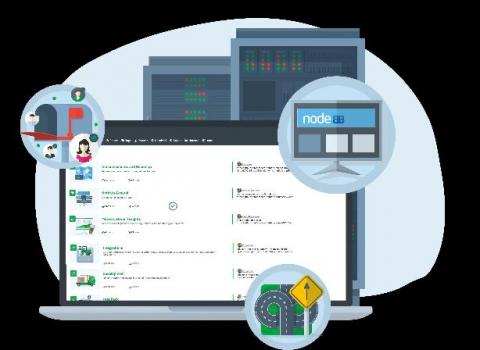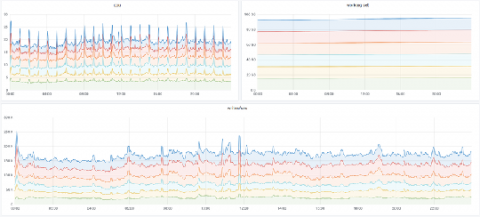The Catchpoint Open Source Software (OSS) Program
Catchpoint has always embraced new technologies and ideas. We offer a powerful monitoring platform with advanced features such as tracking digital performance from across the globe, capturing analytical data and the ability to get notified across various channels. With all these inbuilt features in hand, Catchpoint encourages its customers to build new monitors and integration that consumes monitoring data that are tailored to specific use cases.











